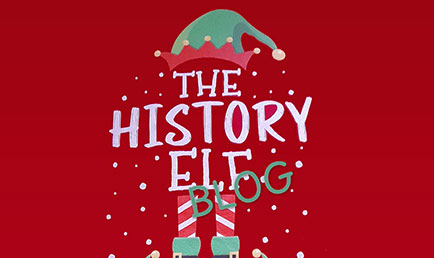Hooray for Heritage Weeks! Yesterday, I had the privilege of a tour of the Buckinghamshire Archives at Aylesbury. There is something mystical about being in temperature-controlled storage lockers full of old documents which are expertly preserved and protected from pests and mould by the diligent archivists. What a great job they have!
Our guide archivist showed us an early 19th century electoral roll in neat copperplate script – landowners only, of course. There was a folder of 17th century wills, the oldest document in the archive from the 12th century, charters on vellum old and new, the records of the local “lunatic asylum” and the scurrilous drawings and notes of a vicar from Medmenham who drowned in the local lock.
The Archives in every British county are a valuable resource for family historians and scholars of all types. In Buckinghamshire, there are two internationally important collections. One is mundane town planning – the development of the new city of Milton Keynes in the 1960s, down to the precise height of kerbstones. The other collection is, in fact, internationally vital. It is the archive of the Spinal Injuries Unit founded by Sir (but his title should be Saint) Ludwig Guttmann in the Second World War at Stoke Mandeville, which also includes the archive of the Paralympic Games that he established.
It was a fascinating ninety minutes, but I’m going to close this blog entry on something we saw that is haunting me today. After we looked at the list of landowners, we were introduced to a 19th century record-book from the local prison. Woe for the desperados listed there, men and women, no landowners! The prisoners had been photographed so that, over a century later, we could see their scarred faces and tattooed arms, and their faces – some defiant, but most were just defeated. Some had stolen leeks or firewood, and they would spend a few days doing hard labour for it. There were more serious cases, but the “crimes of necessity” were so frequent. Society has moved on, of course, but it is important that we remember that the past was a very scary place. All hail to our wonderful archivists who nurture the records that show the reality of it to us.







